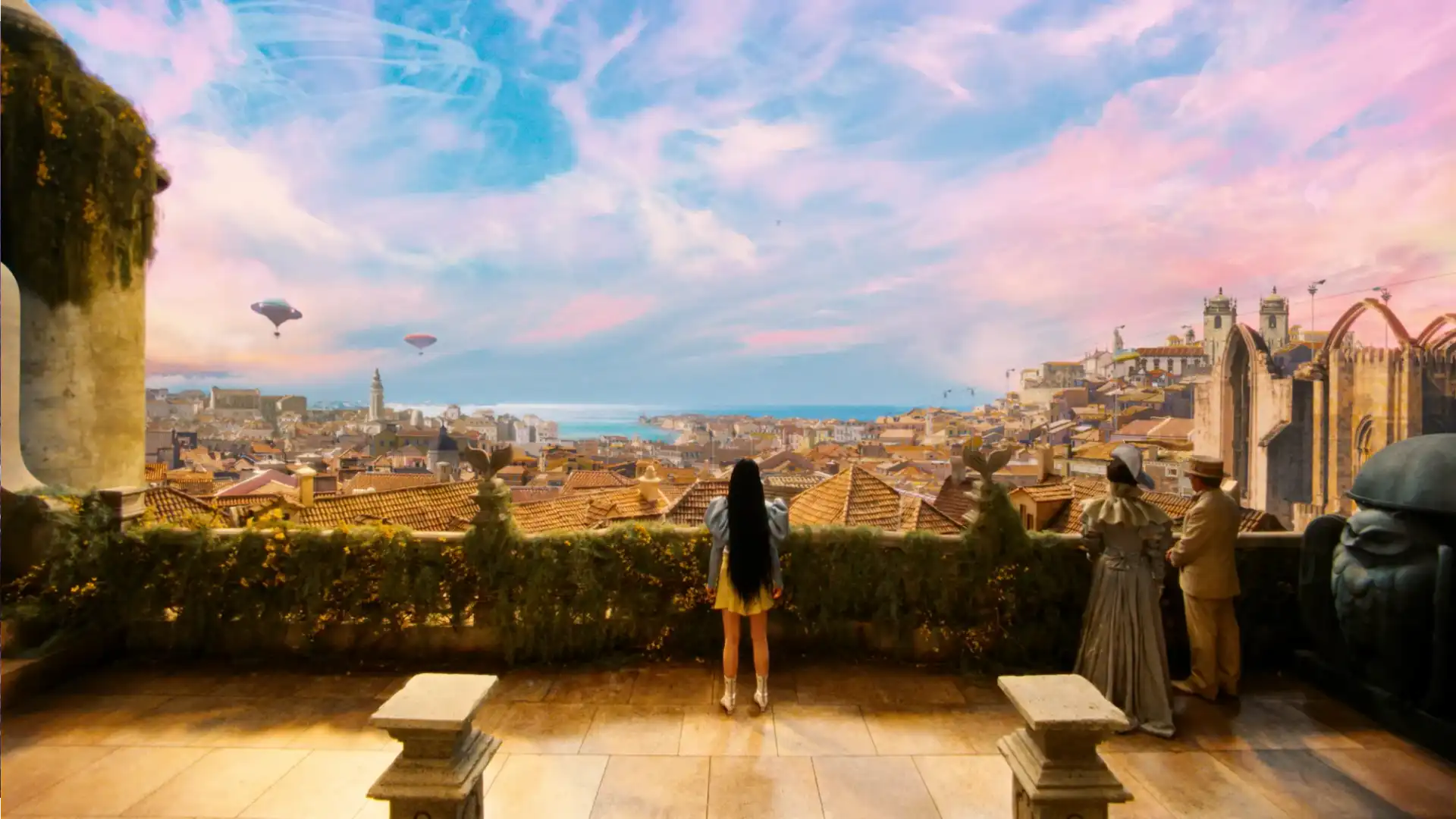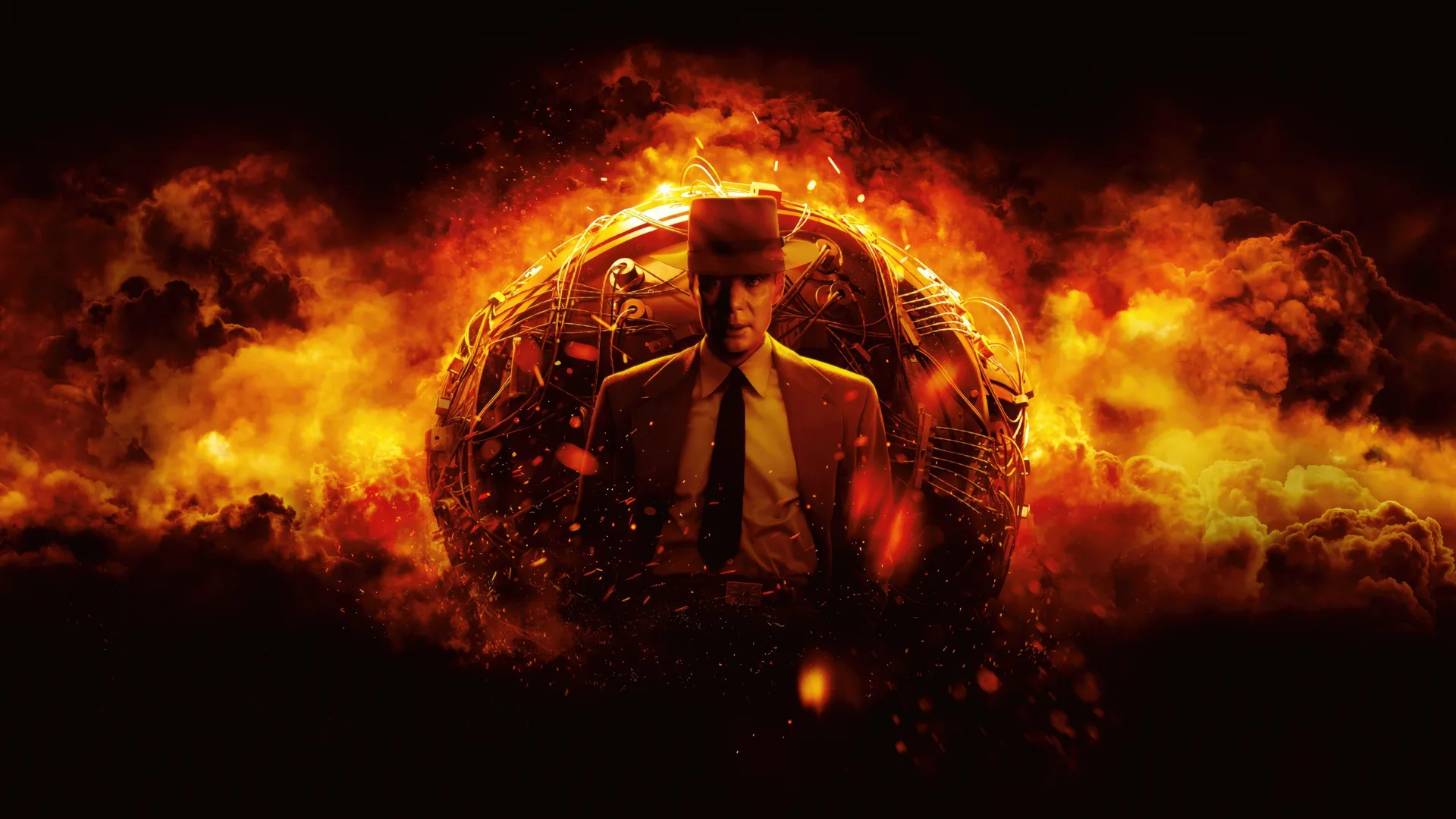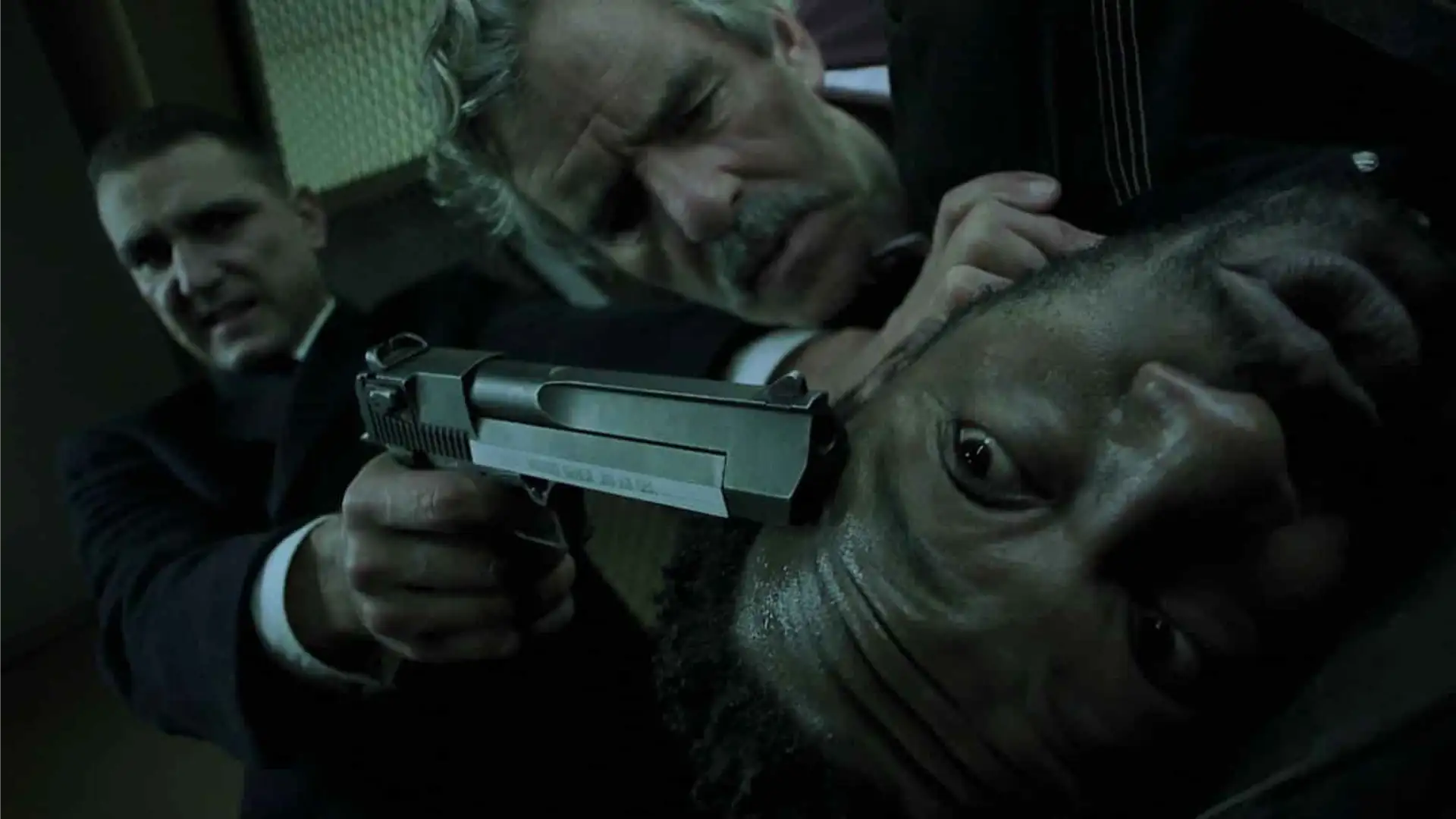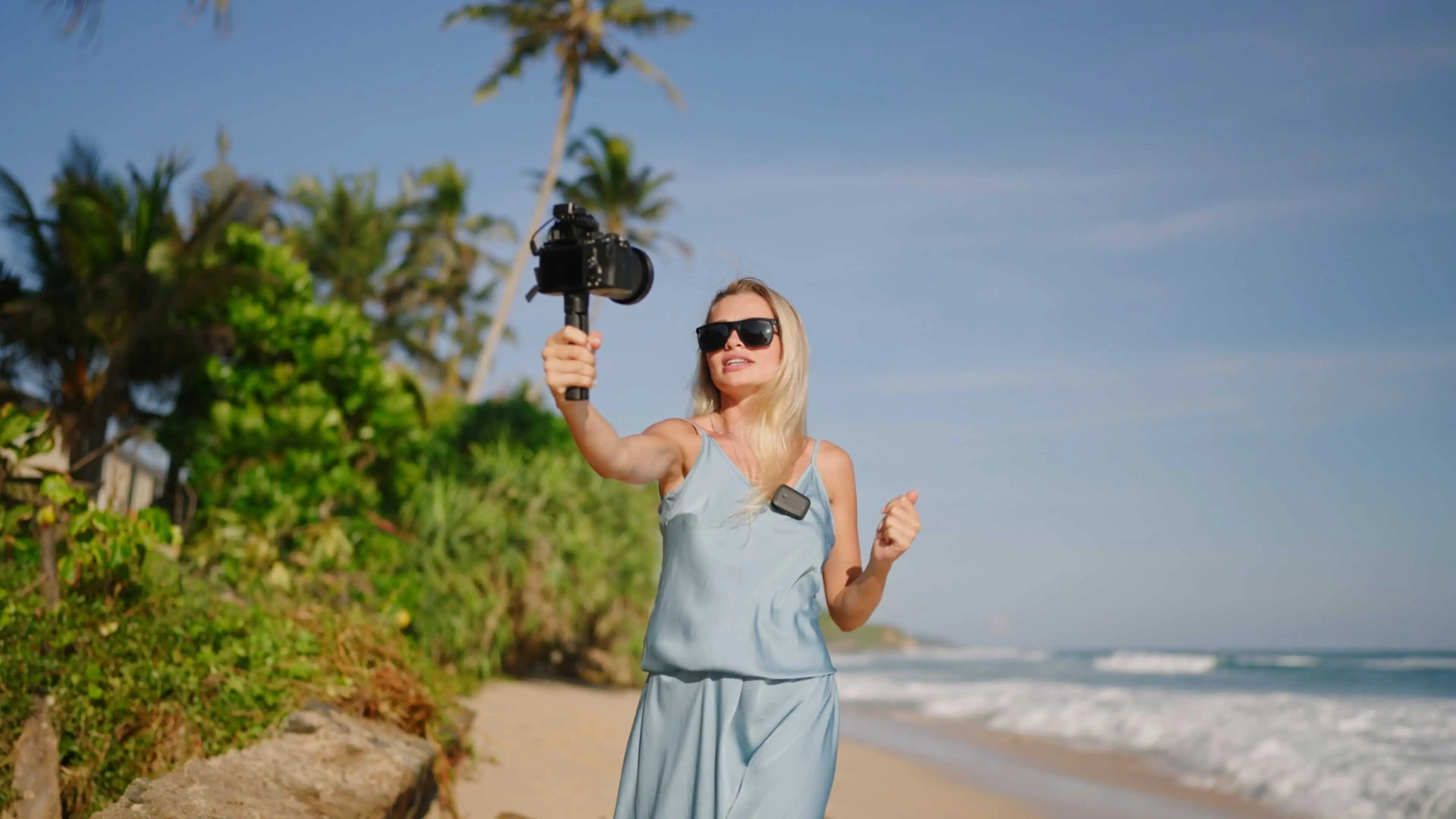The overhead shot, also known as a bird’s eye view shot, is a camera angle that shows a scene from directly above. This type of shot can be created using a camera mounted on a crane, drone, or even a ladder. Overhead shots are an interesting way to portray a scene and have been used to great effect in both photography and filmmaking.

What is an Overhead Shot?
An overhead shot is taken by a camera pointed directly down at the subject from above. Over the head camera angles show the subject from a vertical view looking straight down. It gives the viewer a unique perspective as if they are looking down on the scene from overhead.
Overhead shots inherently make the subject appear small beneath the camera. This shot can make people or objects seem insignificant or powerless in the frame. The overhead angle is also effective for revealing spatial relationships between visual elements that aren’t as clear from eye-level.
Other Names for Over the head Shots
Overhead shots go by several common names:
- Bird’s eye view shot
- Bird’s eye angle
- Top shot
- Aerial view
- God’s eye view
- Vertigo shot
The term “vertigo shot” refers to overhead shots that deliberately invoke a sense of fear or vertigo in the viewer by tilting the camera straight down. Alfred Hitchcock famously used this technique in the movie Vertigo.
Learn more about Different Types Of Camera Angles in our blog.
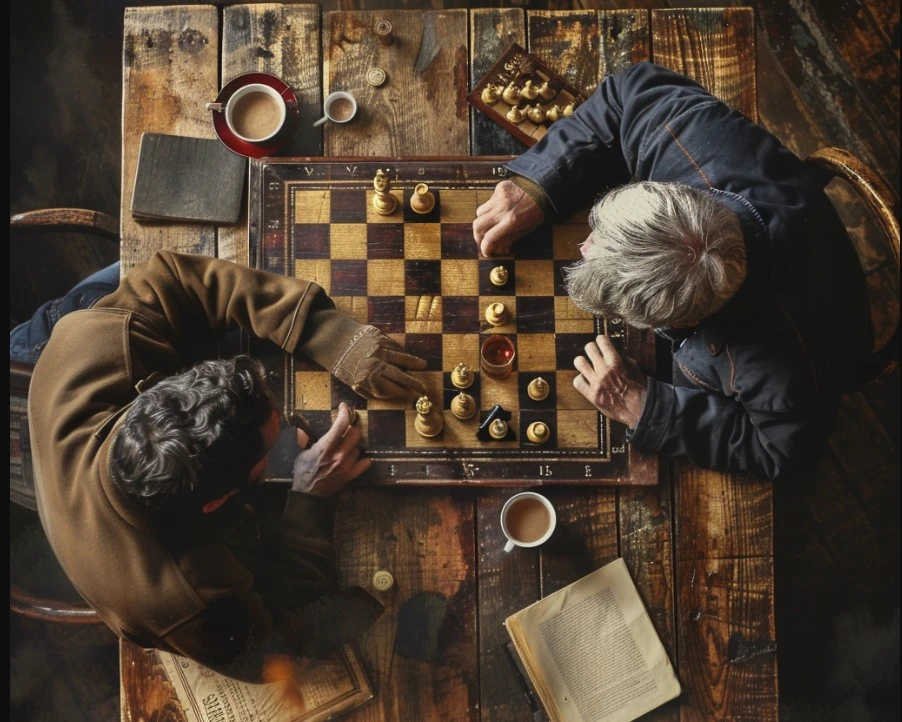
Examples of Overhead Camera Shots in film
Overhead shots have been used to striking narrative effect in countless films over the years:
- In The Truman Show, overhead shots emphasize Truman’s entrapment in a fake domed city that is actually a reality TV set.
- The Godfather features ominous overhead shots showing assassins killing their targets.
- The shot during the “circle of life” opening sequence in The Lion King presents a stunning view of diverse African wildlife gathering.
Photographers also use this camera angle to capture unique perspectives. Famous overhead view photos include:
- Art Wolfe’s overhead landscapes revealing geological patterns
- Rich Reid’s humorous overhead photos of small figurines
- Yann Arthus-Bertrand’s satellite and aerial photography of natural light, landscapes and cities
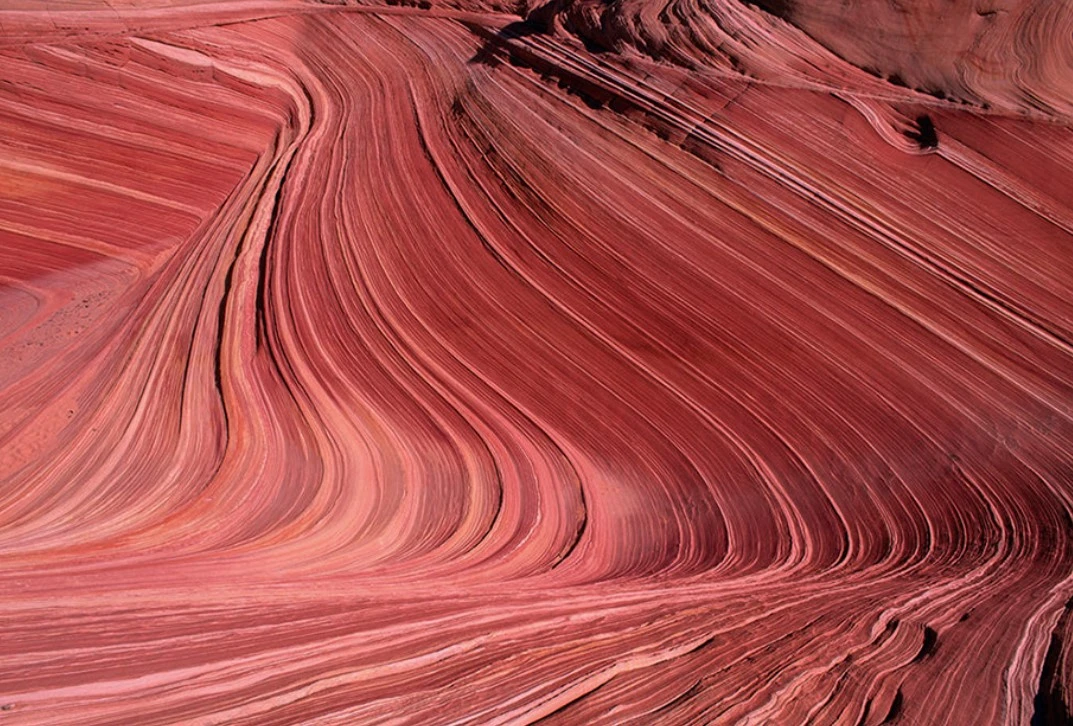
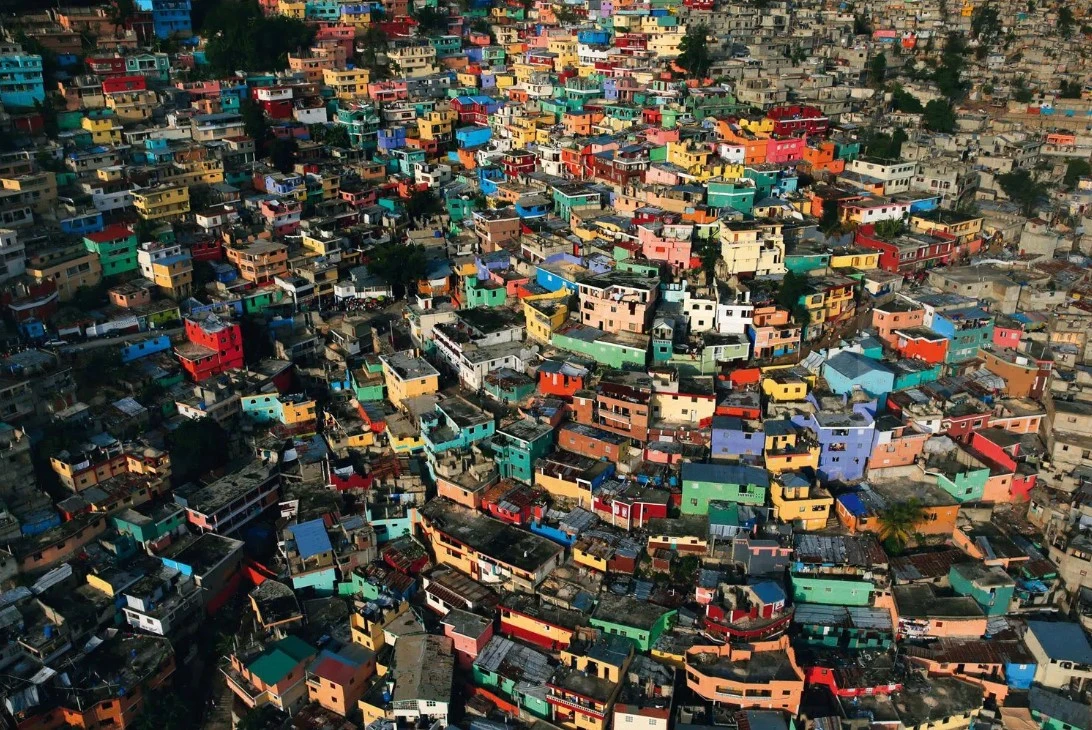
The Unique Properties of Overhead Shots
So why would a photographer or videographer use this top-down perspective? Overhead shots have unique properties that make them useful for certain visual storytelling effects:
Spatial Relationships
By capturing the full spatial relationship between subjects in the frame, overhead shots provide contextual information to viewers that isn’t visible in horizontal shots. We can see exactly how objects and figures relate distance-wise within an environment. Over the head shots enhance the viewer’s understanding of the physical space occupied by people and objects in the scene.
For example, an overhead shot can reveal the strategic formation of troops on a battlefield in a sweeping glance. Or it can show the layout of neighborhood houses that seems chaotic at the ground level but ordered from above.
Power Dynamics
The bird’s eye angle can also symbolize power dynamics between figures or elements in the frame. Subjects viewed from overhead can seem small, powerless, vulnerable and exposed from this top-down perspective. Alternately, it gives the viewer an implicit sense of power by putting them in a position looking down on the scene.
Filmmakers leverage overhead angles to indicate shifting relationship dynamics between characters. A slight camera tilt down onto a character’s face from above can make them seem suddenly weak and incapable in relation to their environment.
Revealing Hidden Information
An overhead vantage point also unveils details not visible from a horizontal viewing angle. For example, a patch of color or texture on a rooftop only noticeable from above. It can expose concealed truths or activities hidden from people immersed in the scene.
Unique Aesthetic Perspective
Photographers leverage overhead angles because they find aesthetic beauty in landscapes, patterns, textures, or forms only visible from such a top-down bird’s eye perspective. The camera reveals shapes and colors that have seldom been viewed before from this almost omniscient-seeming angle.

How Are Overhead Shots Created?
Setting up an overhead camera angle requires some planning and equipment. Filmmakers achieve overhead shots through several methods:
Cranes
Camera cranes consisting of an arm and extendable boom are commonly used to position a camera directly over a scene. Operators can precisely coordinate crane extension arm movement to execute smooth overhead tracking shots. The arm may be mounted on a vehicle for added portability.

Drones
Quadcopter camera drones offer an agile and inexpensive way to get dynamic overhead footage. Skilled drone pilots can perform arcing dolly shots incorporating overhead perspectives. Drones also enable smooth stability when shooting from heights unsafe for human operators.
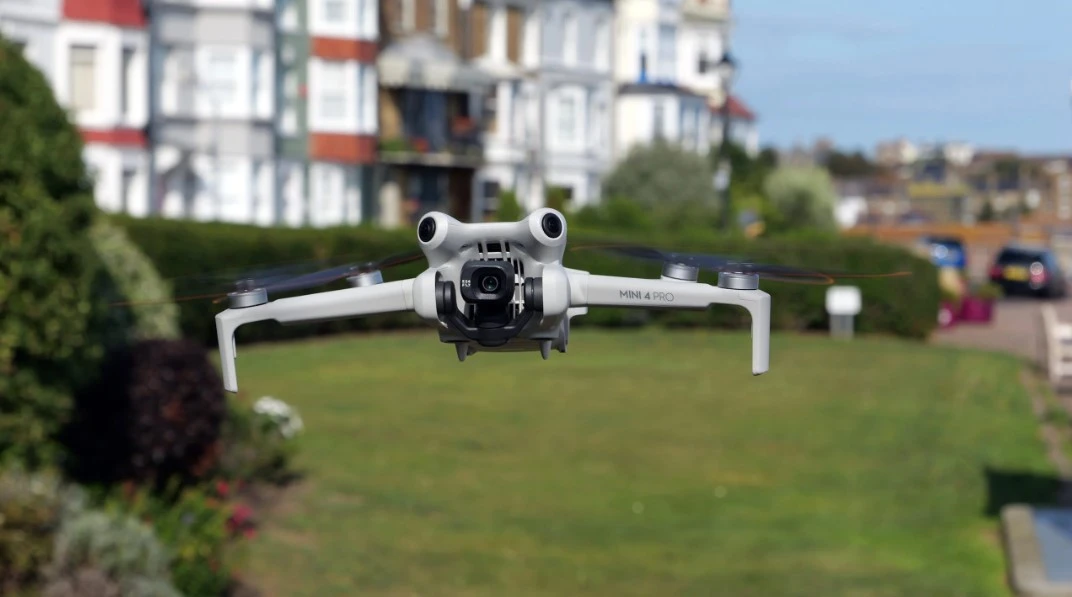
Scissors Lifts
For overhead shots inside spaces with high ceilings, a mounted camera can be lifted up via scissor lift to achieve a straight top-down perspective. The stable platform of a lift also allows for subtle camera movements.
Natural High Points
Sometimes a high angle is attainable simply by positioning the camera atop a ladder, platform, balcony or roof edge safe enough for a camera operator to access. The key is achieving a direct top-down perspective pointing the camera straight to the ground area below.
CGI Renders
Digital effects artists can create virtually any overhead camera move imagined through 3D animation software. Complex dynamic virtual shots incorporating overhead angles are prevalent in science fiction and fantasy films. CGI enables visions unachievable with real cameras.
On overhead shooting, cameras generally use wide-angle lenses to capture a large overhead field of view below. Apertures are typically stopped down to extend depth of field so figures don’t go soft when shooting overhead from greater heights. ND filters help manage bright environments. Remote camera triggers aid safety for hard-to-access positions.
Lighting plays a huge role as well when crafting overhead shots. Subjects appearing darker beneath a bright overhead sky can seem more isolation and diminished. Top down lighting directly above the central subject creates ominous single-source shadows. Diffused lighting minimizes shadows so texture and color are readable from above.

Dynamic Motion in Overhead shots
To achieve dynamic motion overhead shots, cinematographers often coordinate camera and subject movements like:
- Tracking Shots: Mount an overhead camera on a dolly or arm to “travel” with a moving element like a character walking. The camera slides smoothly alongside the action revealing new areas of the locale. Skilled operators execute exact speeds.
- Focus Pulls: Shifting focus gradually between foreground and background points during a moving overhead shot keeps attention directed while altering context visible around subjects.
Capturing motion overhead also works for inanimate objects. You can shoot overhead timelapse footage as an event unfolds – clouds drifting, tides shifting, construction progressing, crops growing. Condensing time overhead conveys larger scale change.
Extremely high overhead shots from skyscrapers, helicopters and airplanes can not only cover vast environments, they convey a defiantly detached, all-knowing perspective peering down like an omniscient entity unaffected by the action below.
Matching the angle, height and lens specifics between overhead shots in multiple locales maintains consistent continuity. Audiences orient easier between overhead scenes with aligned camera anatomy.
Famous Directors Who Utilize Overhead Shots
Master filmmakers incorporate striking overhead perspectives in pivotal scenes when the narrative calls for it:
- Alfred Hitchcock built suspense in thrillers like Vertigo and Psycho via ominous overhead angles making viewers feel off-balance.
- Martin Scorsese has used over the head tracking shots of cityscapes in iconic films like Goodfellas and The Departed to pull back and give context to violence unfolding below.
- Sam Mendes used the overhead perspectives throughout war drama 1917 immerse viewers into the soldiers’ harrowing battlefield surroundings.
- Wes Anderson frequently incorporates precisely centered overhead shots in his meticulously composed frames.
- The Coen Brothers use slow creeping overhead tracking shots to unveil surprise story developments that upend a scene.

Overhead Shots in Photography
While filmmakers apply overhead angles for very intentional dramatic effects, photographers leverage this bird’s eye perspective mainly for its aesthetic appeal in landscapes, architectural shots, and intriguing abstracts.
Prominent photographers like Edward Burtynsky, Vincent Laforet, Steve McCurry and Jules Ittner capture the visual grandeur of global cities, winding rivers, and mountain ranges from an epic aerial viewpoint.
Overhead food photography from directly above entices viewers with an appetizing look down onto gourmet dishes plated like edible works of art. Still life details too are clarified when illuminated from above.
Photographing scenes from this top-down angle requires some trial and error to craft balanced, appealing overhead compositions. It takes practice assessing how colors, spacing, lighting, and moments unfold from straight above.
The overhead shot fills the frame with more negative space which can either simplify or isolate the main subject powerfully. Photographers must hone their eye to patterns, geometry and scale to compose effectively from on high.

Overhead Shots in Film vs Photography
In cinema, overhead angles serve storytelling goals. How can an overhead perspective in this moment underline the protagonist feeling trapped, powerful villains conspiring secretly, or hundreds evacuating a burning city? Overheads in film create director-controlled points of view.
Photographers instead seek overhead shots that deliver appealing aesthetics, intriguing abstraction, stunning revelation of beauty in landscapes only visible from the skies. Photos capture serendipitous moments in time rather than sequentially unfolding drama. Randomness and surprise overhead shots offer dynamic impact.
The overhead perspective works differently in these mediums but serves complementary needs for visual dynamism. Both films and photos gain compelling vertical scope using birds eye view angles not achievable from the ground. This godlike top-down view expands horizons literally and creatively.
Overhead Shots Play a Unique Role
Whether hovering from the heavens, mounted statically atop a scene, or creeping along dynamically, the overhead shot provides a one-of-a-kind visual perspective unlike horizontal or eye-level angles. Used selectively and purposefully, overhead shots add potent production value.
Next time you view an evocative over the head shot, study how the angle informs the scene by revealing spatial context, magnifying power roles, exposing secrets or simply captivating aesthetically. See how the camera movement and scene blocking amplify the overhead vantage point.
Filmmakers and photographers alike will continue leveraging overhead angles where appropriate to add scale, grandeur and intriguing new points of view in their visual storytelling. This godlike glimpse from above never ceases to give audiences a refreshing vertical orientation on people, spaces, events and objects portrayed on screen or in frames.
Overhead video shots provide amazing storytelling opportunities from a unique point of view. Let this guide inspire overhead filming ideas to take your projects higher!
The main tools for overhead shots are camera drones with stabilized gimbals, jib arms or camera cranes that extend platforms high up over sets, and scissor lifts to safely elevate cameras with operators. Wide lenses help capture sweeping overhead perspectives. Remote camera triggers and safety harnesses are also essential gear for overhead setup.
Ideal overhead shot height depends on your subject size and desired amount of surrounding environment visible. As an estimate, capture people/rooms from maybe 15-30 feet high, cityscapes from 100-500 feet, and vast landscapes from up to 2500+ foot altitudes if legal and safe in your area.
Well-composed overhead shots place key subjects and interesting scene elements strategically around the frame and avoid too much empty dead space. Off-center subjects create balanced tension. Symmetry from precise heights works too. Perspective distortion must be accounted for when framing people/objects from low angle directly above.
When shooting straight down from heights, ultra wide and fish eye lenses ranging from 14mm to 24mm capture expansive overhead views. Stop down apertures to extend depth of field so subjects stay reasonably sharp throughout the whole scene. ND filters also help manage bright light aerial shots.
Interesting overhead shots play with revealing intriguing patterns, shapes, colors, moments only visible from top-down perspectives photographers and filmmakers don’t usually see. Explore different times of day for varied lighting effects. Try smooth motion sliding shots. Experiment with tilt shifts from vertical to angled camera orientations for dimensionality.
